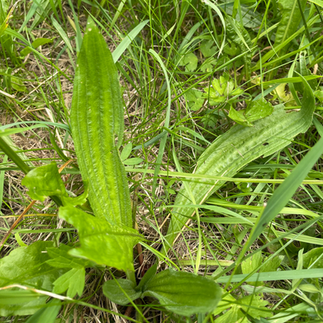Foraging at Eastnor Castle!
- Aggie Ranford
- Nov 1, 2024
- 2 min read
I had a fantastic time foraging at Eastnor Castle. Here are the most intriguing edible plants that we learnt about (numbers correspond to slides):
(1) Clovers 🌸 – come in white, pink, and red varieties, with the coloured flowers normally being the sweetest. They make a pretty salad topper
(2) Meadowsweet 🌿 – has sweet-scented flowers and cucumber flavoured leaves, often used to flavour cordials and champagnes. It contains salicylic acid, which is chemically synthesised to make aspirin
(3) Pineapple Weed 🍍 – has a fruity tang to it and flowers that resemble tiny pineapples. It is a member of the camomile family and also creates a great fruit tea. When rubbed on the skin, it can act as an insect repellent or analgesic on bites
(4) Sorrel 🍋 – the citrusy sharpness of the leaves adds freshness to salads. However, the oxalic acid creating this sourness must not be consumed in large quantities as it can cause kidney stones. Nutritionally, it contains 25g of protein per 100g, and is high in antioxidants, calcium, potassium, magnesium, iron, and beta carotene (converted to vitamin A in the body)
(5) Wood Aven 🪵 – the roots are scented like cloves and can spice curries or mulled wine. They contain the same chemical (eugenol) as cloves that eases toothache
(6&7) Ribwort Plantain 🍄 – the flower buds have an umami flavour and can substitute mushroom in creamy sauces, broths, and soups. The sap squeezed from its leaves has antihistamine and antiseptic properties and is more effective than dock leaves on nettle stings
(8) Hedge Garlic 🧄 – has garlic-tasting leaves (with a bitter paracetamol-like aftertaste) and mustard-tasting seeds, which can be ground into a paste or added to fermented pickles
(9) Jelly Ear 👂 – a rubbery fungus found on elder trees. It has little taste but absorbs character of the ingredients that it is cooked with, such as garlic, ginger, and chilli in Asian cooking. It is easily dried and rehydrated in liquid when needed
*This post was created for educational purposes and should not be used as foraging or medical advice. I therefore suggest that you complete a professional foraging course before picking any wild plants as some plants mentioned have toxic lookalikes.






















Comments